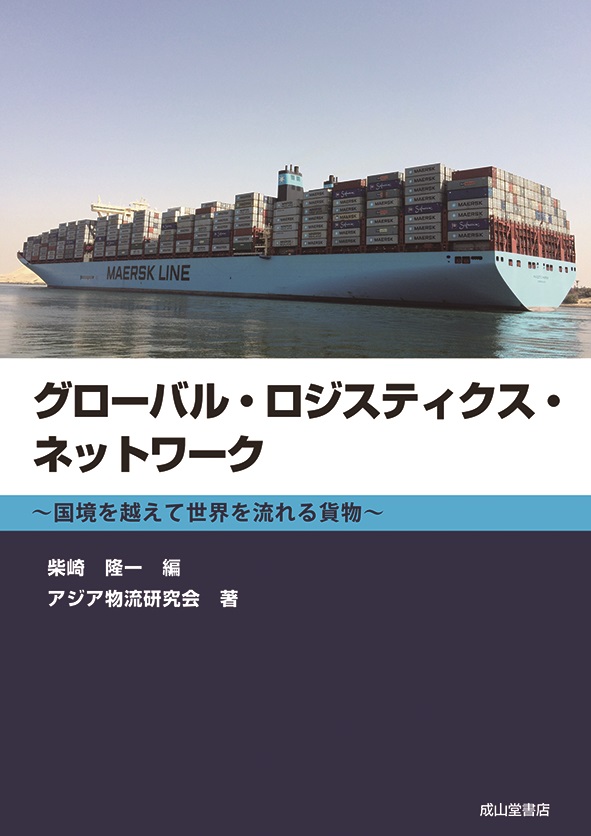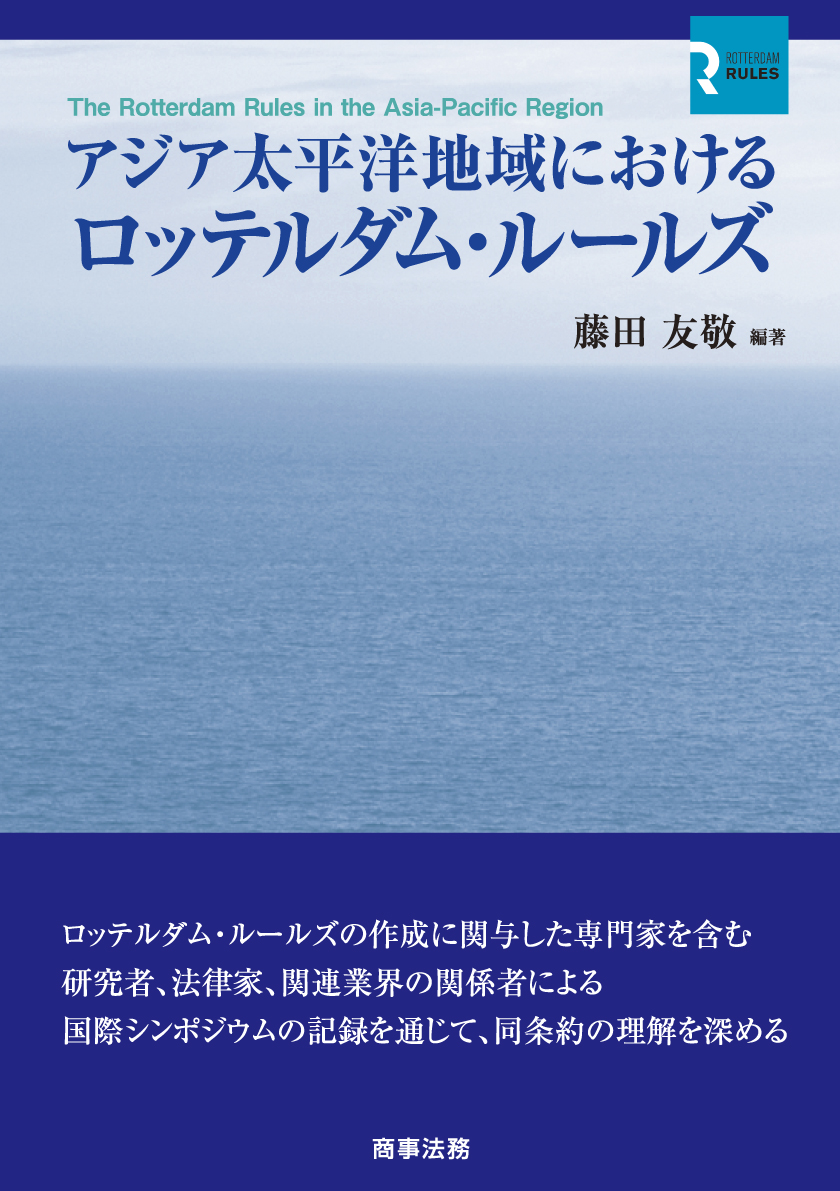
Title
Global Logistics Network Global logistics flow across borders
Size
236 pages, A5 format
Language
Japanese
Released
January 28, 2019
ISBN
978-4-425-93161-3
Published by
Seizando-Shoten Publishing
Book Info
See Book Availability at Library
Japanese Page
Although my specialty lies in global logistics modeling and simulation, almost no simulation results are described in this book. The book's objective is to introduce the current status of global logistics, based on information and knowledge acquired from field surveys in various locations around the world, conducted by the authors. In the logistics field, there is no comprehensive database that can be easily accessible, because logistics is a part of business activities in which many stakeholders are involved. Therefore, I envisage that this book can clarify global logistics from the worldwide perspective.
Specifically, the first chapter describes the global history of logistics. Subsequently, the first half of the book focuses on the maritime shipping, which mainly underpins the global logistics and trade. The photograph on the cover, taken by me, depicts an ultra-large containership transiting the Suez Canal. Containerships mainly transport manufacturing and consumer goods, whereas tankers and dry bulk carriers transport natural resources (such as oil and gas for tankers and iron ore and coal for dry bulk carriers) and other materials. This book describes the history and current situation including recent expansion projects of two major artificial waterways (i.e., the Suez and Panama Canals) along the major global maritime shipping route. Anti-piracy measures and the Arctic shipping (Northern Sea Route) are also introduced as recent topics.
The latter half of the book introduces international land transport in various regions around the world. In the modern era, inland (sometimes referred to as "landlocked") countries and cities are significantly handicapped with regards to the logistics perspective due to their distance from seaports which provide access to the maritime shipping and the global market. In particular, in two major inland areas including Central Asia and inland countries in Africa, as well as inland regions in Southeast and South Asia, several policies to alleviate these logistical handicaps such as economic corridor development and promoting intermodal transport have been implemented through the support of international organizations and an international cooperative framework. In addition, the book also focuses on the land-bridge transport across the American and Eurasian continent by rail, which has an advantage in terms of transport time, though the transport cost is more expensive than the maritime shipping, which detours the continent and transits the Suez or Panama Canal. Recently, China increased its presence as investors in these logistics infrastructure, as part of its political strategy called "Belt and Road Initiative." These situations are also described in the book.
As aforementioned, this book qualitatively describes the current status and future prospects of global logistics in Japanese. However, the authors believe that quantitative considerations based on the results of model simulations and scenario analyses are also important to discuss the impact of policies related to logistics and how the Japanese government and companies should react. The authors published an English book "Global Logistics Network Modelling and Policy: Quantification and Analysis for International Freight" on the quantitative simulations applied in various regions of the world; this text is highly recommended for those interesting in the authors' research through this manuscript.
(Written by SHIBASAKI Ryuichi, Associate Professor, School of Engineering / 2020)
Table of Contents
Part 1 Global Maritime Shipping
Chapter 2: Past, Present, and Future of Container Shipping (Masahiko Furuichi)
Chapter 3: Global Energy Transport (Shigeki Toriumi)
Chapter 4: Two Major Canals to underpin the Global Trade: Suez Canal and Panama Canal (Ryuichi Shibasaki)
Chapter 5: Anti-piracy Measures against Global Logistics Risk (Daisuke Watanabe)
Chapter 6: The Northern Sea Route: Expectation for the New Shipping Route (Kazuhiko Ishiguro)
Part 2 International Land Transport of the World
Chapter 7: China Land Bridge: Directions of China's Belt and Road Initiative (Ippei Machida)
Chapter 8: Trans-Siberia Land Bridge: Russia's Advantage in Land across the Eurasia Continent (Hirofumi Arai)
Chapter 9: Central Asia: The Largest Landlocked Region of the World (Ryuichi Shibasaki, Hirofumi Arai and Hironori Kato)
Chapter 10: Southeast Asia: GMS Corridor and Utilization of Mekong River (Ryuichi Shibasaki)
Chapter 11: South Asia: Logistics as a Key Factor of Economic Development (Ryuichi Shibasaki, Tomoya Kawasaki)
Chapter 12: North America: Morning Star of Land-Bridge Rail Transport (Ryuichi Shibasaki, Takuma Matsuda)
Chapter 13: Africa: Economic Corridor Development and Landlocked Countries (Tomoya Kawasaki, Ryuichi Shibasaki)
Related Info
Global Logistics Network Modelling and Policy 1st Edition Quantification and Analysis for International Freight (ELSEVIER published in Sept. 2020)
https://www.elsevier.com/books/global-logistics-network-modelling-and-policy/kato/978-0-12-814060-4



 Find a book
Find a book


